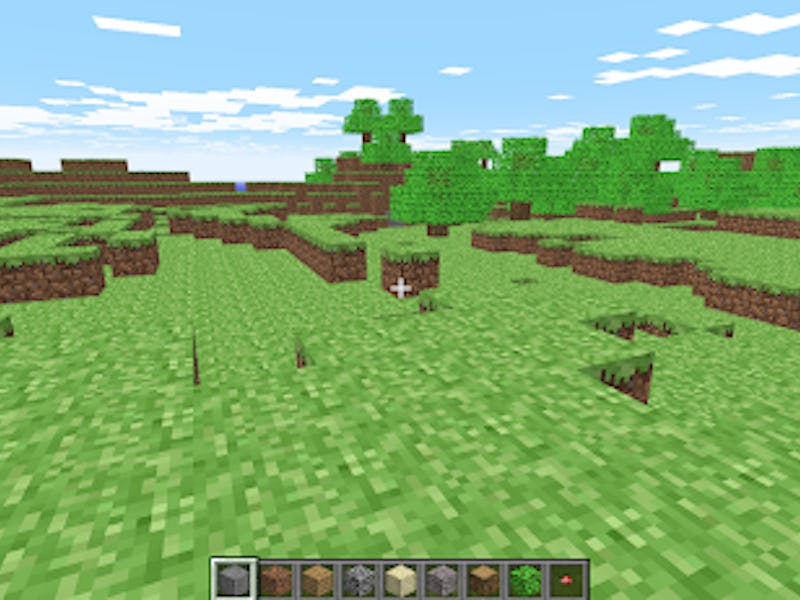25 Years Ago, Minecraft Pillared Its Way To Became The GOAT Of Open Worlds
In 2008 one simple — and kind of boring — Beta test became the one, the only, Minecraft.

When Minecraft was first released, I was immediately hooked. As a high schooler in the early aughts with an overabundance of free time, I couldn’t get enough of traversing, battling, and building through these randomly generated worlds. But only one year before I would enjoy this world in 2010 — full of Nether Portals and slippery ice blocks — Mojang’s block adventure was a slightly buggy, frill-free,, but completely addicting beta, trying to refine itself It was simpler and lacked several quality-of-life features, but even in those early days, it was magical.
2009’s version 0.0.9a of Minecraft looks and feels quite different than the game you can play on nearly every console today. It was only available on PC and used the now-defunct programming language Java that ran other millennial online playgrounds like Newgrounds or Neopets. Labeled the Classic edition by modern Minecraft historians, it didn’t include crafting, fighting, or any of the survival aspects that would cause the game to skyrocket in popularity.
All you could do in the original Classic was travel around an open world while placing or removing blocks. With a limited assortment of building blocks made of dirt, gravel, sand, and grass, it was essentially just a LEGO simulator with low-poly graphics. If you want to give this version a try, as part of the game’s 10th anniversary, Mojang released a website where you can play the game in its original form.
2009’s version 0.0.9a of Minecraft looks and feels quite different than the game you can play on nearly every console today.
But while in its original form, developer Notch (who has been written mostly out of the game due to a lot of racist comments over the years) brought out a few new game modes that revolutionized the gaming industry. The first multiplayer test was released in May 2009 and allowed players to team up with their friends. It gave Minecraft one of its first key features, allowing users the chance to help their allies build their next virtual mega mansion or tear all their hard work down. Giving players a space where they can collectively hang out and chill, is still central to the game’s success and other mega-hits like Fortnite or Roblox.
The next survival test introduced a mode where players started with no inventory and needed to go out in the world and find materials. But it wouldn’t be just as simple as finding the right biome and block, as now there were enemies out to dwindle your recently added health bar. Mascots of the series like zombies, skeletons, and creepers wandered the world looking for a taste of your character. Hunting for supplies while warding off foes is central to so many cozy-core farming simulators like Stardew Valley and resource managers like 7DaystoDie that have only gotten more popular.
With a limited assortment of building blocks made of dirt, gravel, sand, and grass, it was essentially just a LEGO simulator with low-poly graphics.
Those two updates transformed Minecraft from a tech demo into one of the core pillars of modern gaming. Most video games can’t stay popular for 15 years, but Minecraft isn’t like everything else. It’s maintained a core fan base for older versions of the game, with some fans feeling that Classic up until the 1.8 update in 2014 was Minecraft’s “Golden Age.”
That beautifully simple gameplay loop that anyone regardless of age or gaming knowledge can pick up and immediately know what to do, is still fun to play today. Stacking blocks and fighting spiders is part of its core DNA that’s been there since nearly the very beginning, evolving and mutating after Microsoft purchased Mojang in 2014 for $2.5 billion. Minecraft today is packed to the brim with new content, funded by a never-ending flurry of intellectual property-based microtransactions. But it’s still a foundation of blocks that keeps it ever popular.